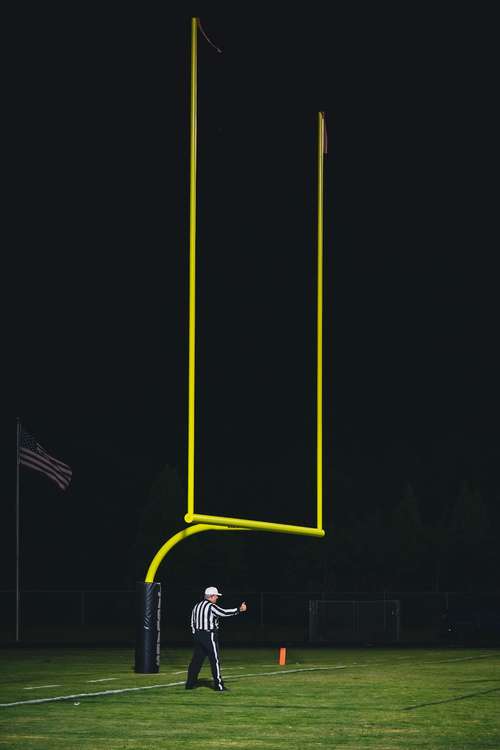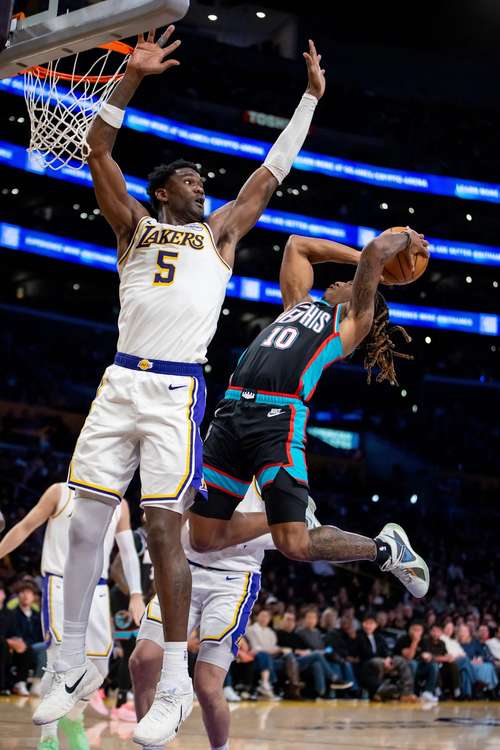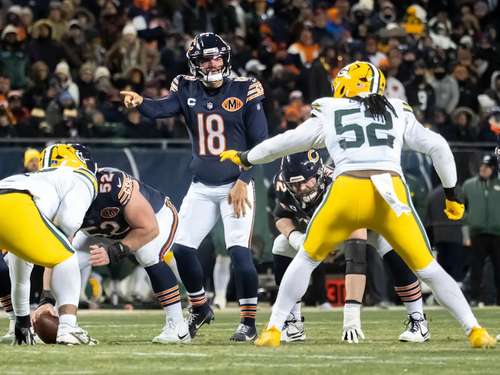Women's soccer has recorded significant success in attracting the attention of fans and the media. Perhaps no other tournament highlighted the advent of this reality more than the 2019 FIFA Women's World Cup. The 2019 Women's Mundial surpassed its 1 billion target as 1.120 billion spectators connected from various platforms - 30% more than Canada 20115, with ceiling-shattering numbers from start to finish.
Women soccer players are also enjoying improved media attention - whether via mass media platforms or their social media handles. From then on, it's safe to say that the gap between women's and men's soccer began significantly closing in. However, there's still much more to be done to ensure that women's soccer doesn't lag behind men's experiences in the sport - on various grounds.
Here's exploring the top reasons why bridging the gap between both genders' experiences in soccer, plus major ways to reduce the chasm.
Why is There a Significant Gender Chasm Between Women's and Men's Soccer?
Scientific evidence points to at least three reasons behind the gender gap between men's and women's soccer. They include the economy, gender equality, and politics.
Economy
The gender gap in the game of soccer appears differently in different countries, based on their GDP. The higher the GDP per Capita, the better the organizational and sporting structure. Similarly, women in economically advanced countries experience improved access to equipment and higher free time.
Countries like the US, Australia, and the UK already demonstrate this by ensuring that both men's and women's soccer athletes enjoy similar treatment, by way of salaries, access to facilities, and media coverage. However, the same can't be said of less developed nations globally.
Gender Equality
Nations where women have the same opportunities as men are likely to invest more in women's football leagues, teams, and institutions. Consequently, more women are more likely to participate in the sport in nations whose social climes experience less gender biases. Improved investment in soccer can also lead to improved experiences for professional women across all categories.
Politics
Politics has also been identified as a top influencer in affecting the extent of the gender gap between women's and men's soccer. Although men's soccer is more popular, countries will do well to deliberately institute policies designed to promote women's sports.
Adequate policies will also identify and launch specific strategies on and off the field to increase viewers' knowledge and interest in the game, media coverage, and sports management across various concerned bodies. According to a report, countries that implemented significant policies to promote women's soccer got better results in international tournaments and higher spots in the FIFA women's football ranking.
Closing the Bridge Between Men's and Women's Soccer

Nigeria and England compete in the 2023 FIFA Women's World Cup | FIFA/Chris Hyde
Sports managers and administrators will do well to implement some (or all) of these actions in clamping down on the gap between men's and women's soccer. The applications of these ideas could vary by country based on its experience of women's football today. Whichever the case, actions are necessary to bridge the gender gap between men and women.
Breaking Stereotypes
The first significant step towards bridging the gender gap is to break down stereotypes linked with women's soccer. Some popular stereotypes include the false notion that women are less physically capable than men. Meanwhile, female athletes are already shattering such notions across various disciplines - a feat we could soon witness in the soccer world.
But women aren't just redefining athletics, they're challenging societal norms and inspiring a new generation towards viewing sports as a platform that could address gender bias across society.
Increasing Visibility
Visibility is another powerful tool that could help women's soccer administrators challenge stereotypes and biases. Significant efforts are being made globally to boost media coverage for women's soccer, helping them display their talents and achievements to a larger audience.
As more media houses and reporters shine the spotlight on female soccer events and athletes, younger and upcoming athletes are more likely to grow interest in the game. Consequently, improved media coverage could also boost the level of competition and excitement in women's soccer. Bit by bit, and ultimately, we will witness a world where the gender gap between women's and men's soccer is practically non-existent.
Equal Opportunities
Here's another major action that sports administrators can take to bridge the gender gap between women's and men's soccer athletes. Sports managers and admins will do well to create equal opportunities for both female and male athletes by providing equal funding, facilities, and support for women's sports.
Thankfully, private and public organizations also acknowledge the importance of investing in women's sports - not just as a result of fairness, but a strategic approach to reaching a larger audience. As a result, the cry for equality in soccer has transcended stadiums and social media to boardrooms and policy conversations, highlighting a collective commitment to changing the sports landscape.
Empowering Future Generations
Meanwhile, ensuring that the gap between men's and women's soccer closes isn't just about women's football today. It's also about charting the course for a future where every girl feels empowered to step onto the field without hesitation.
Moreso, it will be empowering to get girls to pursue their professional soccer dreams, creating a larger pool of athletes shortly. Initiatives committed to boosting girl participation in soccer are gaining traction. By instilling confidence and shutting down biases early on, future generations of female athletes will be better equipped to challenge the status quo and put out their best possible outings on and off the pitch.
Celebrating Women's Soccer Success Stories
Another way to close the gap between men's and women's soccer is by intentionally celebrating women's soccer stories. Beyond inspiring others, highlighting the exploits of women's soccer athletes can also further encourage professionals while boosting the competition among the players.
Whether it's groundbreaking achievements or shattering records, stories of women's achievements on the pitch can serve as a witness to the resilience and capability of women in soccer (as in all other sports). That way, the narrative shifts from what "women haven't done" to what "women have done", proving that excellence is indeed not limited to gender, feat by feat.
Looking Forward: Closing the Gap Between Women's Soccer and Men's Games

FC Barcelona Femení's Aitana celebrates winning the Women Ballon d'Or 2024 | FC Barcelona/X
Although significant progress has been made, much work remains to be done, as far as permanently closing the gender gap in sports is concerned.
Continued advocacy, policy changes, and societal shifts are vital to ensure that female athletes receive the recognition and opportunities they deserve. Looking forward, the path of women's soccer will be forged out of a joint determination to break stereotypes, celebrate diversity, and herald the amazing crop of female soccer athletes.




